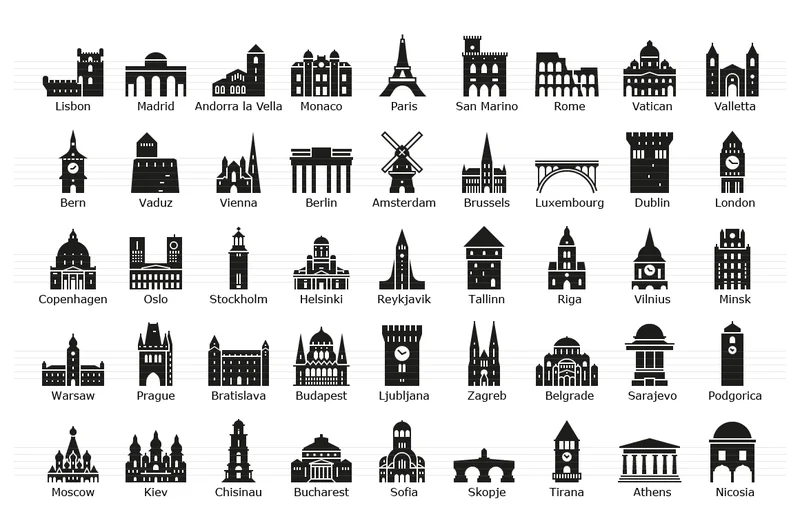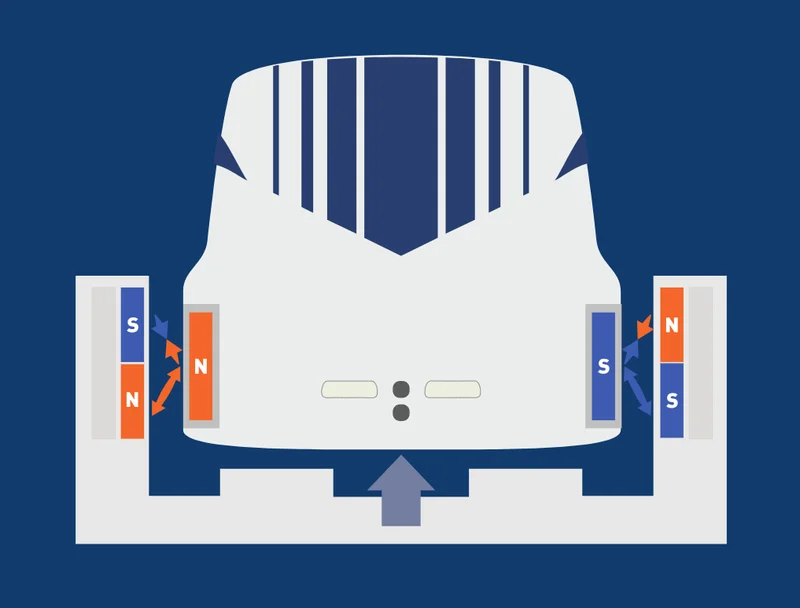Tensor Breakthrough: AI's Light-Speed Leap and What It Means
Alright folks, buckle up because I've got something truly mind-blowing to share with you. We're talking about a potential paradigm shift in AI, one that could rewrite the rules of the game and make those energy-guzzling data centers a thing of the past.
The team over at Aalto University in Finland has just unveiled an optical method for performing complex tensor operations—the very heart of AI—using, get this, light. Yes, you read that right: light. Instead of electrons trudging through silicon, we're talking photons zipping along, performing calculations at, well, light speed.
A Revolution in Efficiency
Now, I know what some of you might be thinking: "Optical computing? We've heard that song before." And you're right, it's been a long time coming. But this isn't just another incremental improvement; it's a fundamental change in how we approach AI processing. They're not just making chips faster; they're ditching the chips altogether for something far more elegant.
The core idea is brilliant in its simplicity. They encode data directly into the amplitude, phase, or polarization of light waves, and then, as the light passes through a specially designed medium, the calculations happen naturally through wave interference and diffraction. No transistors, no amplifiers, no energy-intensive electronic steps. It's like nature itself is doing the computing for us.
Think about it: current AI systems, especially those massive neural networks, are power hogs. Data centers are practically small cities in terms of energy consumption. But with this optical method, we could potentially reduce energy use by a factor of 100 or more for tensor-heavy tasks. That's not just a tweak; that's a revolution.
Imagine a world where AI is not only faster and more powerful but also incredibly energy-efficient. What would that unlock? Real-time AI in healthcare imaging, lightning-fast financial modeling, and AI-powered edge devices in autonomous vehicles and smartphones—all running on a fraction of the power.
But how does this work? The team leverages photonic principles to handle tensor operations, the mathematical backbone of AI models like neural networks. Unlike traditional electronic processors that sequentially crunch numbers, this optical approach leverages wave interference and diffraction to perform convolutions, matrix multiplications, and other tensor tasks instantaneously as light propagates through a specially designed medium. It's like a symphony of light, where each wave plays its part in creating the final result. More details on this research can be found in Direct tensor processing with coherent light.

And speaking of results, the early prototypes are incredibly promising. Using diffractive optics and metasurfaces, they've achieved accurate tensor operations with low error rates. They've even shown how multi-wavelength light can handle higher-dimensional tensors, paving the way for scalable photonic AI hardware.
What's particularly exciting is that this isn't some pie-in-the-sky theoretical concept. The Aalto team envisions integrating this technology into existing photonic integrated circuits (PICs), using standard semiconductor processes to fabricate the optical elements. This means it could be compatible with existing silicon photonics infrastructure, making the transition smoother and faster. Light-Speed AI: How Aalto's Optical Tensor Magic Could Slash Energy Bills for Neural Nets discusses the potential energy savings.
Of course, there are challenges ahead. Integrating this with existing electronic systems will require hybrid architectures, and noise in optical signals could affect precision. As some have pointed out, reprogramming for different tasks might need reconfigurable optics, adding complexity. It's not a perfect solution yet, but the potential is undeniable.
I saw one comment on X that really hit home: "natural calculations via light waves." That's what we're talking about here. It's not just about faster processing; it's about a fundamentally different way of thinking about computation.
This reminds me of the invention of the printing press. Before Gutenberg, knowledge was carefully handwritten and painstakingly copied. The printing press democratized information, making it accessible to the masses. This optical AI breakthrough could do the same for AI, lowering the barriers to entry for smaller players and unleashing a wave of innovation.
When I first read about this, I honestly just sat back in my chair, speechless. This is the kind of breakthrough that reminds me why I got into this field in the first place.
But with this power comes responsibility. As AI becomes more pervasive, we need to ensure that it's used ethically and for the benefit of all. We need to address issues of bias, fairness, and transparency. It's not enough to simply build faster and more efficient AI; we need to build better AI.
Light: The New Electricity?
This is more than just a technological advancement; it's a glimpse into a future where AI is seamlessly integrated into our lives, powering everything from our smartphones to our hospitals to our cities. It's a future where energy-hungry data centers are a relic of the past, replaced by elegant, efficient, and sustainable AI systems. Are energy-hungry data centers officially obsolete? Maybe not yet, but this is a giant leap in that direction.
Related Articles
The Aster Name is a Mess: A breakdown of the flower, the crypto, and the weird-ass movies
Forget Crypto, My New Investment is a Six-Inch Weed Called 'Snow Flurry' So, I’m scrolling through m...
European Defense: Tanks vs. Reality – Give Me a Break...
Alright, so the EU's cooked up this "military Schengen" idea, right? The pitch is simple: make it ea...
AXS: More Than a Token, A Glimpse Into Our Digital Future
The Denver Anomaly: Why One Thursday in 2025 is a Secret Glimpse of Our Algorithmic Future Look, I w...
John Malone: Streaming, Antitrust, and What We Know
ABSOLUTE DIRECTIVE: TITLE FULFILLMENT ### [Generated Title]: Are NBCUniversal's Cookie Policies a Pr...
USPS Launches Informed Delivery App: A Sign of Government Innovation as FEMA Halts Preparedness Grants
The Last Mile, Digitized: Why the New USPS App is More Than Just Package Tracking There's a strange,...
Maglev's Stalled Momentum: Speed vs. Reality
Title: Maglev Hype vs. Reality: Why the US Project Failed (And What It Means for the Future) The pro...





